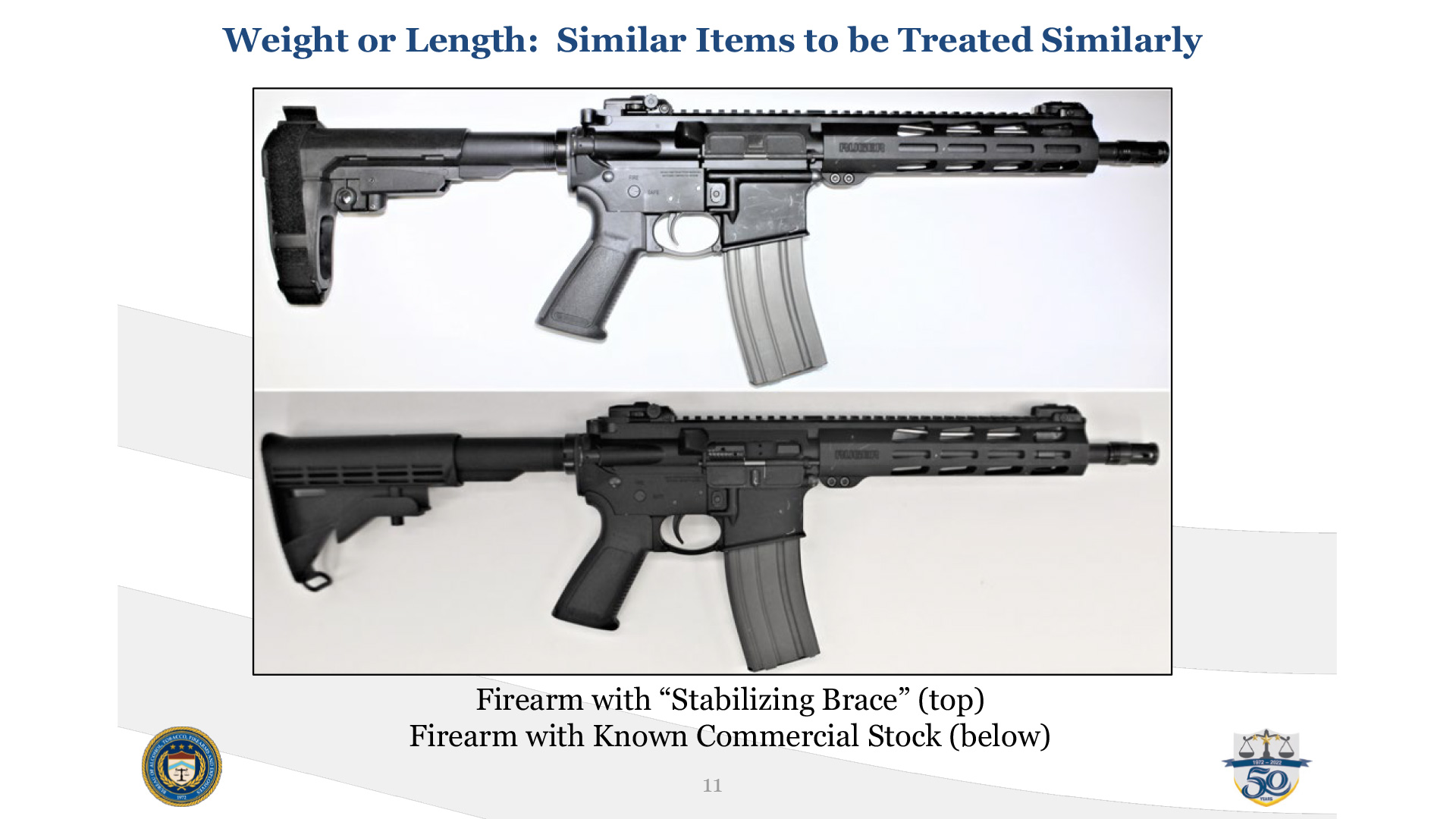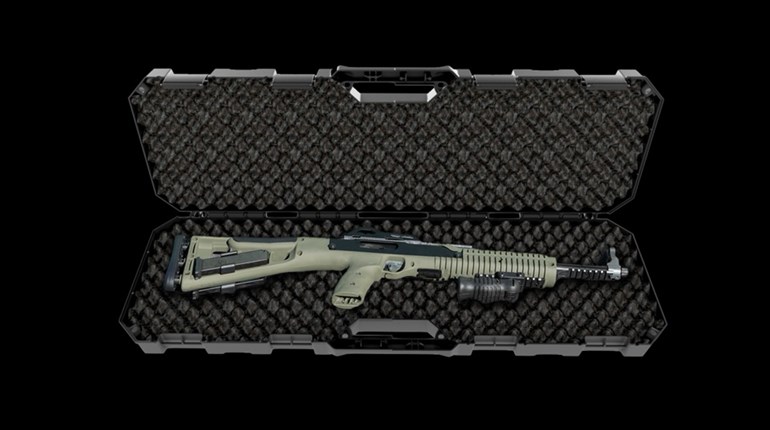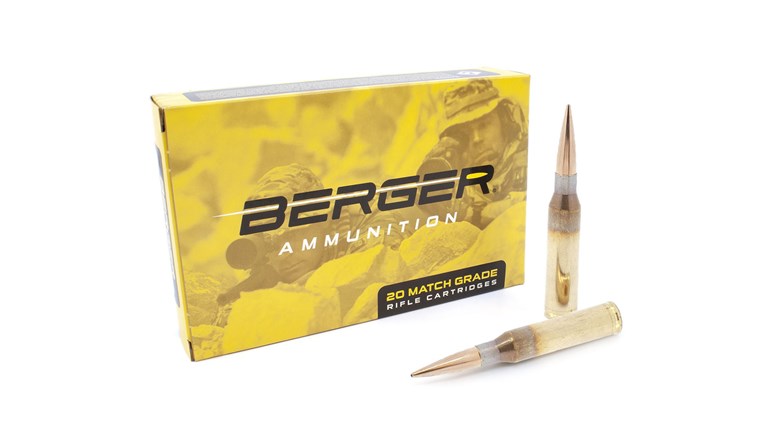
With the publication in the Federal Register today of Final Rule 2021R-08F, AR-15 pistols equipped with a “stabilizing brace” are immediately reclassified as short-barreled rifles (SBRs), requiring registration with the Bureau of Alcohol, Tobacco, Firearms and Explosives (ATF). Owners have 120 days to comply with the law.
The much-awaited “Final Rule” became law today when the Department of Justice published it in the Federal Register. The final rule amends the regulatory definition of a rifle in 27 CFR Section 478.11 and 27 CFR Section 479.11 of the National Firearms Act of 1934 (NFA).
An ATF summary of changes presented in a webinar today for FFL dealers and the firearms industry stated, “The final rule’s definition of ‘rifle’ states clearly that the term ‘designed, redesigned, made or remade, and intended to be fired from the shoulder’ includes a weapon that is equipped with an accessory, component, or other rearward attachment (e.g., a ‘stabilizing brace’), that provides surface area that allows the weapon to be fired from the shoulder, provided other factors as described in the rule indicate the weapon is designed, made, and intended to be fired from the shoulder.”

PISTOL OR RIFLE?
The ATF webinar named and explained those “other factors.” See below:
1.“(i) whether the weapon has a weight or length consistent with the weight or length of similarly designed rifles;”
ATF EXPLANATION: “This would be an indicator that shoulder-firing the weapon provides stabilization and is beneficial in firing the weapon, and thus that the firearm is designed and intended to be used this way.”
2.“(ii) whether the weapon has a length of pull…that is consistent with similarly designed rifles;”
ATF EXPLANATION: “A shoulder-fired weapon generally will have a length of pull that allows the placement of the firearm’s shouldering device against the shooter’s shoulder while also ergonomically allowing the shooter to engage the firearm’s trigger.”
“(iii) whether the weapon is equipped with sights or a scope with eye relief that require the weapon to be fired from the shoulder in order to be used as designed;”
ATF EXPLANATION: “Sights or scopes that cannot be used without shouldering the weapon indicates that the firearm is designed and intended to be fired from the shoulder.”
“(iv) whether the surface area that allows the weapon to be fired from the shoulder is created by a buffer tube, receiver extension, or any other accessory, component, or other rearward attachment that is necessary for the cycle of operations;”
ATF EXPLANATION: “An AR-type pistol with a standard 6 to 6½ inch buffer tube may not be designed and intended to be fired from the shoulder even if the buffer tube provides surface area that allows the firearm to be shoulder fired because it is required for the cycle of operations of the weapon.”
“(v) the manufacturer’s direct and indirect marketing and promotional materials indicating the intended use of the weapon; and”
ATF EXPLANATION: “The manufacturer’s marketing and promotional materials for a weapon are relevant in considering the likely use of the firearm in the general community.” Here, ATF displayed what appear to be commercial images of shooters firing from the shoulder pistols with stabilizing braces.
“(vi) information demonstrating the likely use of the weapon in the general community.”
ATF EXPLANATION: Here, ATF displayed images of shooters firing from the shoulder pistols with stabilizing braces.

OPTIONS FOR COMPLIANCE
Individuals who want to keep their former stabilizing-brace pistols that are now SBRs must register them with ATF within 120 days. Individuals who do so do not have to pay the $200 NFA transfer tax if they submit an E-Form 1 before that deadline. E-Form 1s can be submitted through a Class 3 FFL dealer licensed to deal in NFA firearms and suppressors, if that dealer is set up to submit the electronic E-Form 1s. ATF said that those in possession of these now-SBRs who do not wish to register them have four other options to comply with the law:
- Remove the short barrel and attach a 16-inch or longer rifled barrel to the firearm.
- Permanently remove and dispose of, or alter the “stabilizing brace” such that it cannot be reattached.
- Turn the firearm in to the local ATF office.
- Destroy the firearm.
PISTOLS INTO RIFLES
The final ruling originates with the nearly 100-year-old National Firearms Act of 1934 (NFA). The first Federally enacted gun control, Congress passed the Act into law in an effort to control criminal use of fully automatic firearms, short-barreled rifles and shotguns, and suppressors by requiring their registration and payment of a $200 NFA “transfer tax.” At the time, machine guns and “sawed-off” shotguns were popular among criminals, especially among crime organizations. One famous example is “Whippet,” a Remington Model 11 with a shortened barrel used by Bonnie Parker and Clyde Barrow, so-named because they could conceal it under a long coat and “whip it” out in ambush. Clyde Barrow once said his favorite, though, was a shortened Browning BAR automatic rifle stolen from a National Guard armory.
Passage of NFA did not directly ban these firearms, but is an example of “prohibition by taxation,” as the 1934 $200 transfer tax to possess them equates to more than $4,000 in 2022 dollars—and this during the Great Depression. Oddly, Congress added suppressors to NFA with almost no discussion, and passed NFA into law following an attempted assassination of President Franklin D. Roosevelt in 1933.
On November 8, 2012, an FFL dealer submitted to ATF the first forearm “stabilizing brace,” asking if it was attached to an AR-15-type pistol, whether the brace would redefine it as an SBR. The brace was described as designed to be secured to a shooter’s forearm to assist a person with a disability, or limited strength or mobility in controlling the pistol. Based on that specific sample of stabilizing brace, ATF ruled that it was not designed to allow the pistol to be fired from the shoulder and thus did not make the pistol an SBR.
“Subsequently, numerous weapons equipped with stabilizing braces were manufactured and distributed that were different from the 2012 prototype, many of which did intend the weapon to be fired from the shoulder,” ATF said in the webinar. As of today, that defining characteristic—designed or intended to be fired from the shoulder—turns uncounted numbers of pistols into SBRs subject to regulation.
ATF RESOURCES
- Factoring criteria for firearms with attached “Stabilizing Braces” published at the ATF website: https://www.atf.gov/rules-and-regulations/factoringcriteria-firearms-attached-stabilizing-braces
- ATF eRegulations: https://regulations.atf.gov
- ATF Applications – eForms: https://www.atf.gov/firearms/applications-eforms
- ATF Application for SOT: Special Tax Registration and Return – National Firearms Act (ATF Form 5630.7): https://www.atf.gov/firearms/docs/form/special-tax-registration-and-return-national-firearms-act-atf-form-56307


































